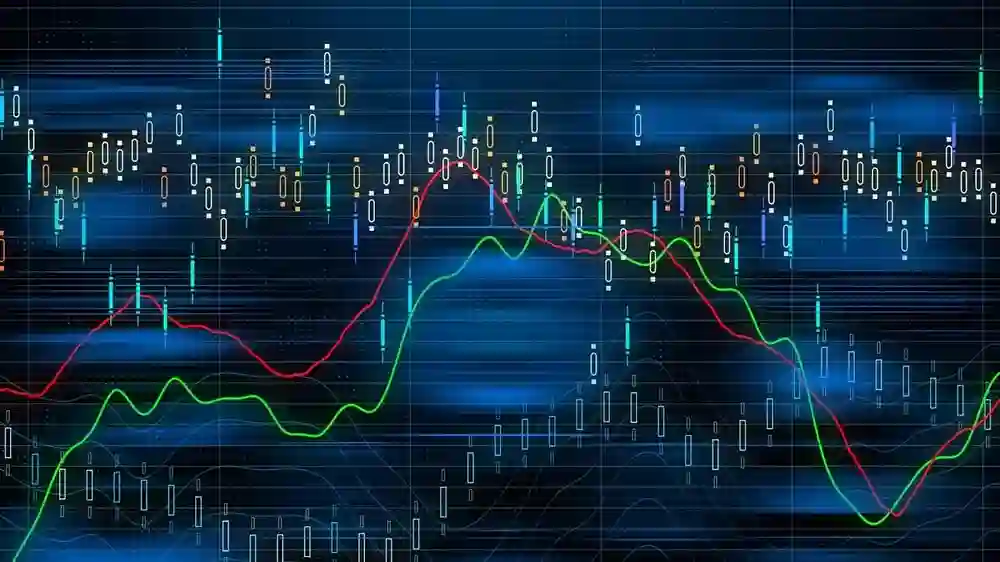Understanding the Impact of Market Microstructure on Forex Robot Performance
- 789 Views
- Nicholas Éric
- May 7, 2024
- Forex & Crypto
In the world of forex trading, where currencies are bought and sold in a decentralized marketplace, understanding market microstructure is crucial for optimizing trading strategies and maximizing performance. Market microstructure refers to the mechanics and dynamics of how trades are executed, order flow is generated, and prices are determined in the forex market. In this article, we delve into the intricacies of market microstructure and explore its profound impact on the performance of forex robots.
Understanding Market Microstructure:
Market microstructure encompasses a range of factors that influence price formation and trading dynamics in the forex market. Key elements of market microstructure include:
- Market Participants: Market participants in the forex market include banks, financial institutions, hedge funds, retail traders, and algorithmic trading systems (forex robots). Each participant contributes to the order flow and liquidity in the market, influencing price movements and market dynamics.
- Order Flow: Order flow refers to the volume and direction of buy and sell orders in the market. Order flow is driven by market participants’ trading activities, economic news releases, geopolitical events, and other factors. Understanding order flow patterns is essential for predicting price movements and identifying trading opportunities.
- Market Liquidity: Liquidity refers to the ease with which an asset can be bought or sold in the market without significantly impacting its price. Liquidity in the forex market is determined by the presence of buyers and sellers, trading volumes, bid-ask spreads, and market depth. High liquidity ensures smooth and efficient trade execution, while low liquidity can lead to slippage and increased transaction costs.
- Market Depth: Market depth refers to the level of liquidity available at different price levels in the market. Market depth is represented by the order book, which displays the buy and sell orders at various price levels. Traders use market depth information to gauge support and resistance levels and assess the strength of price movements.
Impact of Market Microstructure on Forex Robot Performance:
Market microstructure plays a significant role in shaping the performance of forex robot trading strategies. The impact of market microstructure on forex robot performance can be observed in several key areas:
- Trade Execution: The efficiency and effectiveness of trade execution depend on market liquidity, order flow dynamics, and market depth. Forex robots rely on fast and accurate trade execution to capitalize on price movements and execute trades at optimal prices. In liquid and well-structured markets, forex robots can execute trades quickly and efficiently, minimizing slippage and maximizing trading opportunities. However, in illiquid or volatile markets, trade execution may be challenging, leading to increased slippage and transaction costs.
- Price Discovery: Price discovery refers to the process by which prices are determined in the market based on supply and demand dynamics. Market microstructure influences price discovery through order flow dynamics, liquidity provision, and market depth. Forex robots analyze price movements and order flow patterns to identify trends and trading opportunities. Understanding market microstructure is essential for accurate price forecasting and effective trading strategy development.
- Market Impact: Market impact refers to the effect of large trades on market prices and liquidity. Forex robots must consider market impact when executing large orders to minimize adverse price movements and slippage. By analyzing market microstructure and order flow dynamics, forex robots can optimize trade execution strategies to minimize market impact and maximize trading performance.
- Risk Management: Market microstructure influences risk management practices in forex robot trading. Understanding liquidity conditions, bid-ask spreads, and market depth is essential for assessing market risk and managing exposure effectively. Forex robots must adapt their risk management strategies based on market microstructure dynamics to mitigate the impact of adverse market movements and preserve capital.
Case Study: Impact of Market Microstructure on Forex Robot Performance
To illustrate the impact of market microstructure on forex robot performance, let’s consider a case study.
Suppose we have a forex robot trading strategy that relies on high-frequency trading (HFT) techniques to capitalize on short-term price movements. The performance of the trading strategy is highly sensitive to market microstructure dynamics, including order flow patterns, liquidity provision, and market depth.
By analyzing historical market data and order flow dynamics, we observe that the trading strategy performs well in liquid and well-structured markets with tight bid-ask spreads and high trading volumes. However, during periods of low liquidity or high volatility, the trading strategy experiences increased slippage and transaction costs, leading to decreased profitability.
Conclusion:
In conclusion, understanding the impact of market microstructure is essential for optimizing forex robot performance and maximizing trading profitability. Market microstructure influences trade execution, price discovery, market impact, and risk management practices in forex robot trading. By analyzing order flow dynamics, liquidity provision, and market depth, forex robots can adapt their trading strategies to changing market conditions and capitalize on trading opportunities. Traders should pay close attention to market microstructure dynamics and incorporate them into their forex robot trading strategies to achieve consistent and sustainable trading performance in the dynamic and competitive forex market.





